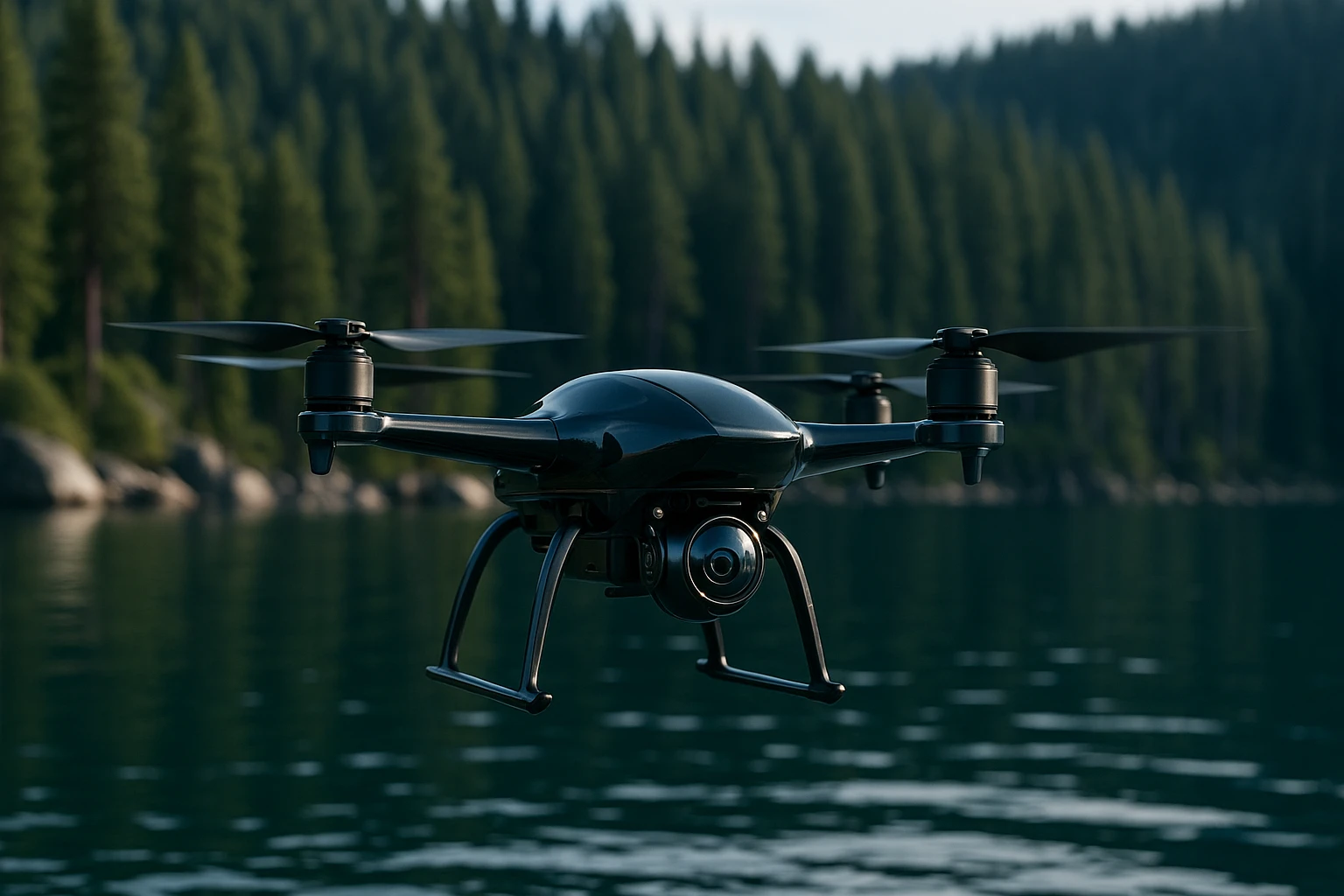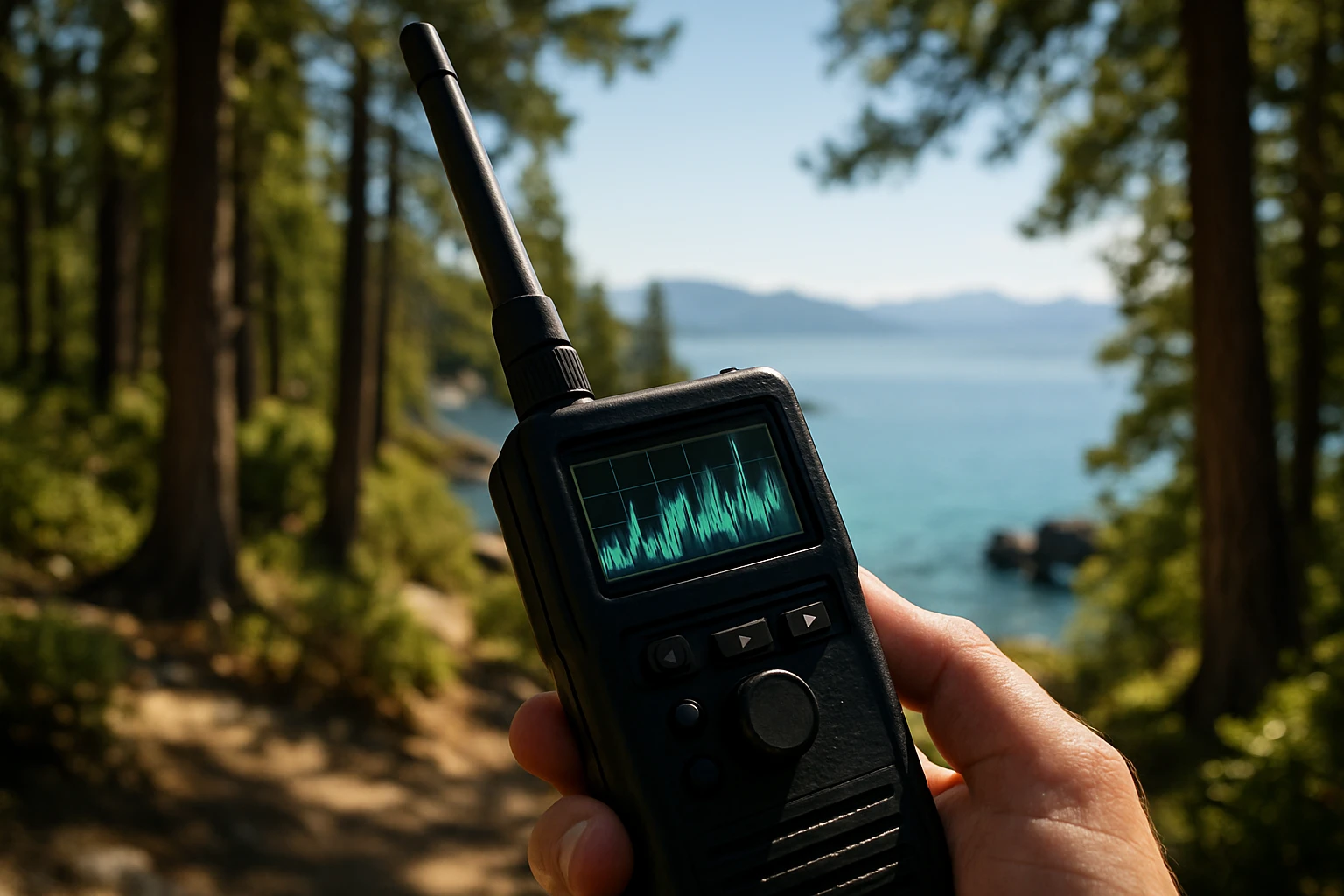(888) 737-7690

Essential Guide to TSCM Bug Sweeps in Lake Tahoe
TSCM Bug Detection Sweeps Lake Tahoe
Lake Tahoe Bug Detection Sweeps Investigations Services
Surveillance Detection Countermeasures RF Bug Sweeps Lake Tahoe
Knowledge Is Power Call Now (888) 737-7690
Introduction
Picture this: a pristine shoreline at Lake Tahoe, its crystal-clear waters iconic for clarity and purity, now sounding an alarm over an unexpected surveillance concern. Recent reports of tscm bug sweeps lake tahoe—where highly trained professionals deploy sophisticated technology to detect covert recording devices—have sparked a surge of attention. It may seem incongruous—bugs in the traditional sense and bugs in the surveillance context—but the concerns are equally serious when it comes to preserving tranquility and privacy at one of America’s most treasured natural landmarks.
Imagine a corporate retreat or a high-profile environmental symposium held in a lakeside chalet, where every word shared among participants is meant to remain confidential. The stakes elevate when cutting-edge counter-surveillance teams sweep meeting rooms, guest suites, and even open-air pavilions for hidden microphones or cameras. These operations are not theoretical—they reflect real-world precautions to protect sensitive communications, as discussed in TSCM America’s overview of professional counter-surveillance services for corporate and government clients JRS Investigations.
While Lake Tahoe’s reputation may rest on its breathtaking scenery and ecological balance, it’s now increasingly linked with the sophisticated art of technical surveillance countermeasures. Whether it’s ensuring privacy for board-level discussions or safeguarding intellectual property presented during conferences, organizations are investing in targeted sweeps. These expert-led inspections use RF mapping, signal analysis, and high-resolution detection tools to uncover eavesdropping devices that may operate silently and invisibly.
To better understand the importance of these procedures, consider a scenario where undetected surveillance could compromise environmental advocacy, scientific collaboration, or strategic planning. A single benign device discovered in a lakeside lodge could prevent data leaks or public relations crises. As such, the practice of conducting tscm bug sweeps lake tahoe—often complemented by ongoing monitoring during sensitive events—demonstrates a proactive, high-trust approach to protecting stakeholder interests.
As we delve deeper into this topic, you’ll discover the methodologies behind TSCM operations in alpine environments like Tahoe, insights into equipment calibration amid natural RF interference, and strategic advice for event planners and organizations on how to integrate counter-surveillance into venue selection and logistics. Lake Tahoe may seem remote, but in today’s hyper-connected world, safeguarding information here is both essential and feasible.
Enhancing Counter?Surveillance Around Lake Tahoe
Building on prior insights into equipment calibration amid natural RF interference and venue logistics, specialized approaches become essential when conducting TSCM operations near Lake Tahoe. The region’s dense forests, reflective water surfaces, and rugged terrain present unique challenges to RF detection and physical search protocols, demanding both adaptability and precision.
Tailoring RF Spectrum Analysis for Alpine Conditions
When performing tscm bug sweeps lake tahoe, technicians must contend with sporadic reflections and natural noise introduced by wind, foliage, and high-altitude weather. These factors can create false positives in RF signatures. To mitigate this, professionals often deploy wideband spectrum analyzers alongside temporal filtering techniques. Using tools like the REI OSCOR 5000E to filter through broadband activity up to 3 GHz, or the DELTA?X spanning up to 6 GHz, allows technicians to distinguish between environmental noise and suspicious transmissions reliably (TSCM Bug Sweeps Lake Tahoe)
Integrating Physical Search Tactics in Complex Terrain
Navigating uneven terrain and dense vegetation around lakefront cabins or remote meeting sites requires combining RF sweeps with meticulous physical inspection. Techniques include using non-linear junction detectors (NLJDs) such as the REI ORION 4000 to detect dormant or non-transmitting bugs embedded within walls or fixtures, and portable thermal cameras (e.g., FLIR) to identify hidden electronics based on heat signatures—even when devices are powered down (JRS Investigations)
Operational Case Study: Securing Remote Meeting Venues
For instance, a high-profile retreat held in a secluded Tahoe estate involved a multi-tiered sweep strategy. First, the team conducted an open RF sweep using omni-spectral tools to identify suspect frequencies. Then, they performed a comprehensive physical sweep, examining furnishings, wiring paths, and electronic fixtures with NLJD and thermal imaging. Finally, perimeter checks and GPS tracker scans on arriving vehicles were executed to neutralize tracking threats—a method often applied in high-threat scenarios (Lake Tahoe TSCM Bug Sweeps)
Actionable Insights for Planners and Organizers
- Plan for staged sweeps: conduct initial pre-event sweeps followed by in-situ monitoring during gatherings to catch transient threats.
- Engage certified TSCM professionals familiar with alpine environments—equipment like SDR-based wideband analyzers and thermal optics are crucial in these settings.
- Factor rugged terrain into scheduling: allow sufficient time for physical inspections of concealed bodies, like utility chases or false paneling.
- Include vehicle sweeps as standard procedure—GPS trackers or audio bugs are commonly deployed via transport assets.
Combining environmental awareness, advanced detection technology, and disciplined sweep protocols ensures that remote, picturesque venues like those around Lake Tahoe remain confidential and secure without sacrificing operational feasibility.

A sleek drone equipped with advanced surveillance detection technology hovers above the tranquil waters of Lake Tahoe, its reflective body shimmering against the backdrop of dense pine forests.
Deep-Dive into the TSCM Bug Sweeps Lake Tahoe Operation
Building on the previous exploration of advanced surveillance technology detection, this section delves into the specifics of how a targeted operation—described here as the tscm bug sweeps lake tahoe initiative—would be structured and executed. With Lake Tahoe’s unique environment and privacy demands, a comprehensive Technical Surveillance Countermeasure (TSCM) sweep requires strategic planning, varied methodologies, and adaptability to both terrain and clientele.
Tailoring TSCM Protocols to Lake Tahoe’s Environment
Technicians must first perform a detailed vulnerability assessment, understanding factors like forest density, building materials, and visitor traffic. Standard practice involves conducting external RF surveys before internal checks—this allows detection of external transmissions, followed by indoor sweeps during periods of typical activity to uncover time-sensitive devices tscm.com. In Lake Tahoe, where properties may be remote vacation homes or lakeside villas, ensuring coverage during both peak use hours and off-hours is critical to reveal devices that activate only during occupied periods.
Leveraging High-End Equipment for Environmental Challenges
- Spectrum analyzers, such as the REI OSCOR Green 24 GHz, are essential for scanning frequencies from 10 kHz to 24 GHz and distinguishing indoor anomalies—especially valuable in remote or cabin-style structures with potential shielding effects JRS Investigators.
- Non-Linear Junction Detectors (NLJDs), including handheld variants, are employed to detect inactive or powered-off devices—an imperative capability when environmental factors like altitude or moisture might deactivate battery-powered bugs JRSINVESTIGATIONS.
Operational Best Practices and Professional Standards
Avoiding common pitfalls is as important as using advanced tools. TSCM etiquette emphasizes avoiding suspect communication channels—clients in Lake Tahoe should not contact specialists using facility phones or mobile devices that might be compromised tscm.com. Moreover, hiring only deeply trained professionals is vital; the industry warns against one- or two-week certified individuals and recommends technicians with at least 500 hours of formal TSCM training tscm.com. Given Tahoe’s mix of affluent residents, vacationers, and high-profile visitors, maintaining those standards safeguards both effectiveness and reputation.
Sequential Workflow in Tahoe-Based TSCM Sweeps
- Begin with a vulnerability analysis to map potential threat vectors—from lakeside balconies to guest quarters.
- Deploy external RF sweeps during daylight, followed by internal sweeps during evening or occupied hours to catch active or occupancy-triggered devices.
- Use NLJD tools to detect dormant devices concealed within furniture, HVAC systems, or natural fixtures.
- Deliver an on-site debrief immediately after the sweep and follow up with a detailed report—including identified anomalies and strategic recommendations for long-term security enhancement, aligning with the best practices outlined by providers like ComSec LLC Lake Tahoe TSCM Bug Sweeps.
By integrating these precise methodologies—contextual environmental understanding, cutting-edge detection equipment, and strict professional conduct—a TSCM bug sweep tailored for Lake Tahoe effectively strengthens privacy safeguards without compromising the region’s serene charm.
Advanced Detection Strategies in Alpine Terrain
Lake Tahoe’s unique environment—with its expansive forests, mountain winds, and lakeside retreats—presents distinct challenges for professional TSCM services. Experienced practitioners design sweeps that account for variable RF interference caused by natural landscapes and fluctuating atmospheric conditions. For example, using portable spectrum analyzers like the OSCOR or Orion Green, technicians perform baseline RF mapping across different elevations and topographies to detect anomalies rather than rely on static benchmarks common in urban settings. This dynamic approach enables superior accuracy in identifying covert transmissions that might otherwise go unnoticed.
In one documented case, a high-profile client encountered persistent audio feedback during confidential meetings in a remote Tahoe cabin. A comprehensive sweep incorporating RF demodulation and NLJD scanning exposed a cleverly concealed wireless microphone installed behind baseboards—a location typically overlooked. The ability to detect both active and passive bugs in such rugged, residential environments underscores the importance of pairing advanced tools with field experience and environmental awareness.
Layered Methodologies for Complete Assurance
Effective sweeps blend three key layers: physical, technical, and environmental analysis. Physical inspection includes borescope searches in tight spaces like heating vents and behind paneling. NLJD devices complement this by identifying hidden electronic components whether powered or dormant. Matching these with real-time RF spectrum monitoring ensures that even stealthy, intermittently transmitting devices are caught. This layered approach is essential when conducting tscm bug sweeps lake tahoe, where the complexity of natural surroundings can mask subtle electronic signals.
Proactive Tactics for Preventing Re-infiltration
Successful TSCM operations extend beyond detection—they also aim to establish ongoing protection. After a sweep, deploying real-time monitoring during events provides continuous scrutiny. For Lake Tahoe meetings, this can involve temporary spectrum monitoring stations that alert personnel if suspicious frequencies emerge post-sweep. Additionally, providing clients with post-sweep risk assessments—including recommendations for securing off-grid power sources or reviewing construction materials that might act as RF conduits—helps reduce future threats.
Employing environmental awareness, layered methodologies, and proactive counter-surveillance ensures that privacy protection in Lake Tahoe is both comprehensive and sustainable. Clients not only regain confidence during critical gatherings but also benefit from preventive strategies that preserve the region’s peaceful retreat value while safeguarding their most confidential communications.

A close-up of a handheld frequency scanner actively sweeping the lush, wooded shoreline of Lake Tahoe, with sunlight filtering through the trees and the device’s display screen showing fluctuating signal levels.
Conclusion: Protecting Lake Tahoe from Future Threats
As we conclude this examination of Lake Tahoe’s vulnerabilities, the vast array of recent invasive species discoveries—from golden mussels intercepted at launch points to the first detection of New Zealand mudsnails off the South Shore—underscores the urgent need for vigilance. The “tscm bug sweeps lake tahoe” scenario reminds us how rapidly ecological threats can emerge and spread. When such invasions occur, even one small organism can become a catalyst for widespread ecological harm, particularly in a delicate and iconic ecosystem like Tahoe’s.
Takeaways and Actionable Insights
- Enhance early detection: Citizen science programs such as Eyes on the Lake empower locals and visitors to report sightings of invasive species like Eurasian watermilfoil, enhancing rapid response efforts—vital when invasive bugs or mollusks threaten the lake’s clarity and biological balance. League to Save Lake Tahoe’s Eyes on the Lake
- Support effective control strategies: Investment in proven methods—bottom barriers, diver-assisted suction removal, hand removal—has already eliminated infestations in wetlands like Taylor and Tallac creeks. Continuing and expanding these tactics while exploring innovations like UV?C light applications will strengthen resilience against new threats. Tahoe RCD control program
- Adopt rigorous prevention protocols: Mandatory boat inspections, decontamination procedures, and “clean, drain, dry” practices are essential. The interception of golden mussels on a transport vessel highlights that prevention remains our strongest first line of defense. SFGate report on golden mussel interception
